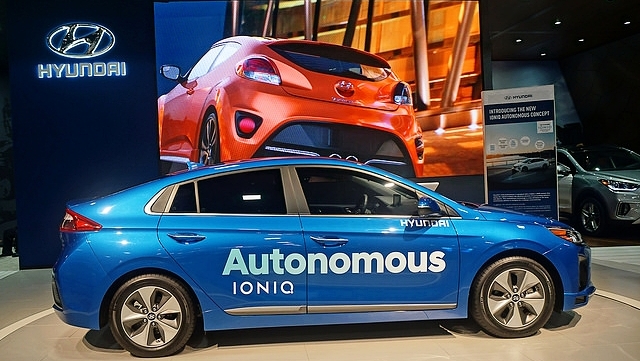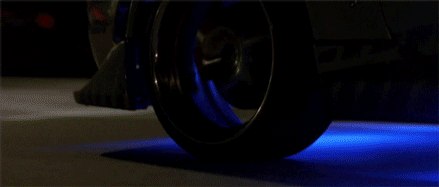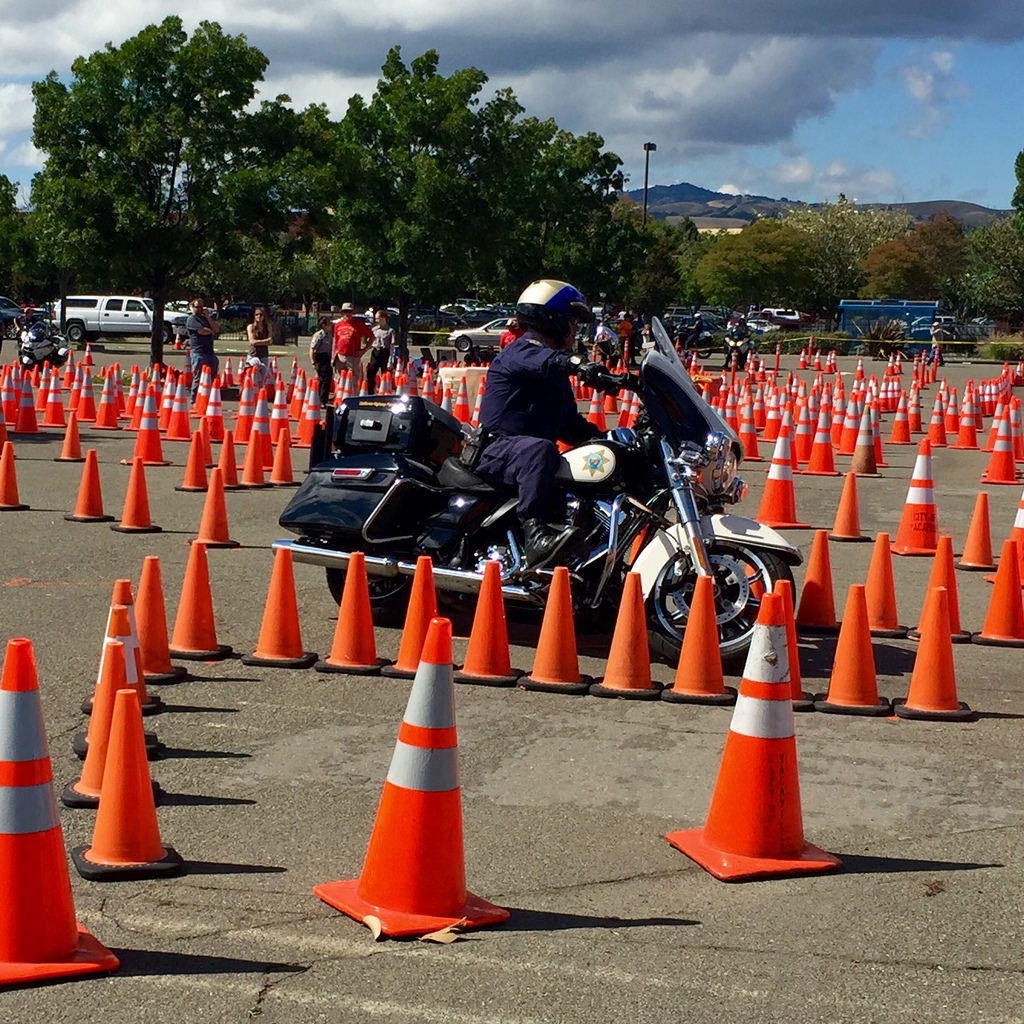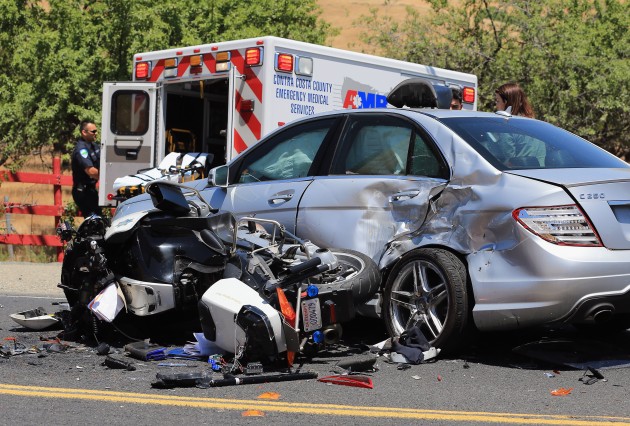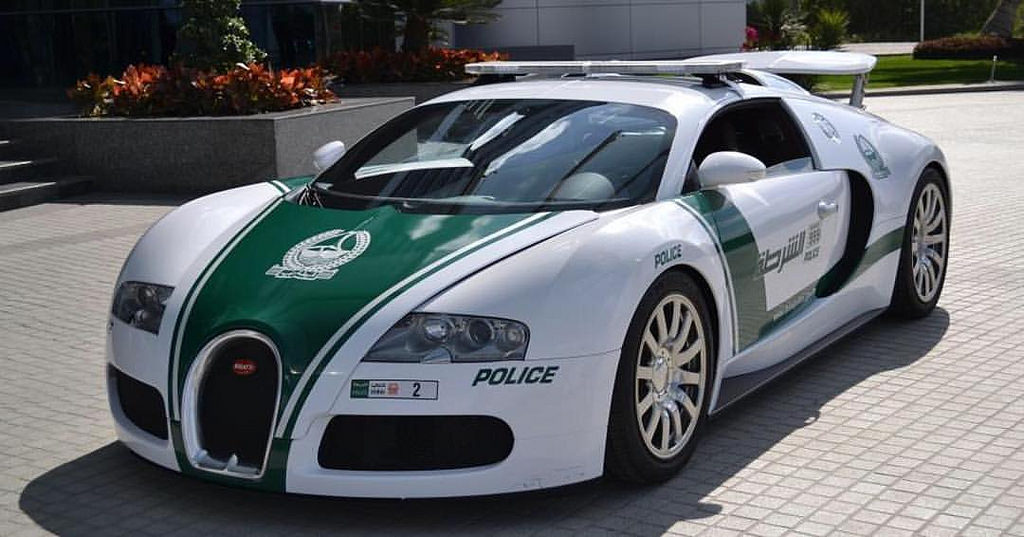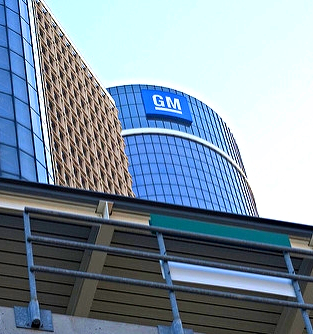Although May was National Motorcycle Safety Awareness Month, today, June 19, is International Ride to Work Day. Today, motorcyclists worldwide are celebrating their favorite form of transportation. Motorcycles give a certain freedom and excitement to drivers, unique from other boxed-in vehicles on the road. Add to that the fact that the weather in Michigan is starting to heat up, motorcyclists are starting to increase in number on the roads.
Unfortunately however, not all motorcycle drivers ride safely, and often motorcycles don't stand a chance of surviving a collision against the giant hunks of metal that are cars and trucks, moving alongside motorcycles on the roads. According to the Michigan Office of Highway Safety Planning, nearly 90% of motorcyclists killed in crashes on Michigan roads last year had no formal training during the last ten years. This is a staggering statistic, especially considering the wide number of training classes available across the state. However, many motorcycle accidents may be preventable if riders receive the proper training these classes provide and an official endorsement.
The Michigan Department of State encourages programs that educate people on the safety of operating a motorcycle. There are multiple types of motorcycle training classes offered, through both public and private organizations, all as part of the Michigan Rider Education Program. And it is not just first-time riders who have the opportunity to take Michigan motorcycle driving classes. Beyond the Basic Rider course for beginners, other classes include: the Three-Wheel Basic Rider course for those who want to learn to ride three-wheel (instead of two-wheel) motorcycles, a Returning Rider Course for experienced drivers looking to refresh previously learned motorcycle skills, and an Advanced Rider course for already endorsed motorcycle drivers who want to brush up their riding skills.
With such a range of training class options, it seems silly for those operating a motorcycle to think they do not need training. Yet, the facts are there. The National Highway Traffic Safety Administration (NHTSA) reports that there was an 8% increase in fatalities from motorcycle crashes, nationally from 2014 to 2015. Obviously, the number of deaths from motorcycle accidents in the United States is only increasing. With many of these deaths being able to be prevented with simple training courses, there is a need for more awareness and exposure regarding these types of classes.
Michigan residents are encouraged to check Michigan.gov for the location of nearby motorcycle training classes that have been approved by the Motorcycle Safety Foundation (MSF). In addition to taking a motorcycle safety class, motorcyclists may be interested in reading some general safety tips for motorcyclists, that The Michigan Law Firm, PLLC blog previously posted.
Inexperienced and unprotected drivers may put themselves in dangerous situations that may lead to serious injuries or death from a motorcycle crash. The training classes the State of Michigan offers may be able to teach proper riding techniques to prevent motorcycle collisions or at the very least inform the rider how to act in such dangerous situations.
There is nothing wrong with a little wind in your hair, as long as one remembers to enjoy motorcycles the safe way. And this International Ride to Work Day, it is especially important to remember that safety comes first when enjoying the celebration of motorcycles.
Motorcyclists face unique safety risks as they are sharing the road with other, much larger vehicles. Special training classes can teach new skills or refresh old techniques, in order to help riders prevent themselves from getting into motorcycle accidents. If you or someone you know has been injured in a motorcycle car crash, please contact The Michigan Law Firm, PLLC for a free consultation at 844.4MI.FIRM.










